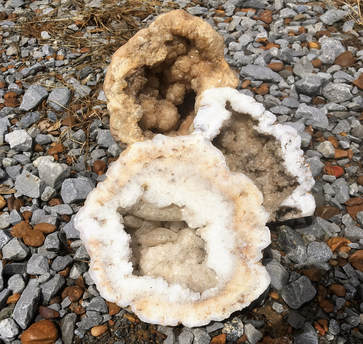 Like a chocolate, you never know what you’ll find within a geode. Depending upon the multiple variables involved in its creation (minerals present, temperature, acidity, length of time, etc.) you could find huge beautiful crystals or a solid rock. Discovering what’s inside is just part of fun of rock hounding. Like a chocolate, you never know what you’ll find within a geode. Depending upon the multiple variables involved in its creation (minerals present, temperature, acidity, length of time, etc.) you could find huge beautiful crystals or a solid rock. Discovering what’s inside is just part of fun of rock hounding. Do you know what a rock hound is? It’s not a hunting dog or a stone figure. It’s someone who loves to search for rocks and fossils. If you’ve met me you’ve met one! Besides being obsessed with my farm, I’m obsessed with rocks. Anyone who drives up to my barn immediately sees the large pile of Indiana geodes. I can’t help myself! Since my parents have been spending part of the spring & fall on our Tennessee farm, we take the opportunity to frequently make a pilgrimage to southern Indiana where we decorate my grandparent’s graves, visit areas that hold family stories and search for rocks. Near Mitchell, Indiana where my maternal grandparents are buried, is an area the locals call the Devil’s Backbone. It’s known for dramatic hills and geode rocks. What’s a geode you ask? Geodes come in many types and sizes. Depending upon the area of the world they were formed, they can be quite beautiful, even breathtaking. All geodes share two common characteristics, a cavity located within a rock and an accumulation of minerals, often in crystalline form. Indiana geodes are externally distinctive making them easy to recognize. They look like a head of cauliflower made of stone. What makes them cool is that many, not all, are hollow with varying sizes & qualities of calcite crystals. Occasionally you’ll find one with a smooth bubble like interior. Any of them are interesting to me. I even enjoy their unique exterior. Apparently, the locals like it as well. Many residents northeast of Mitchell use geodes for yard decorations, flowerbed borders and even geode fences. In fact, when I start seeing geodes in yards, I know it’s time to start looking. Entering this area from the south you drive through a small town called Tunnelton. You actually go through a very narrow one lane tunnel under a railroad track (apparently the source of their name). As soon as you exit the tunnel geodes are visible in a small creek to the right and displayed in the yards of the residents as you continue through the community. This tunnel marks the beginning of geode country. Now the fun begins! The challenge is to find these amazing stones without trespassing on private property. My strategy is to look for cuts along road right of ways and creeks crossing underneath. As you drive further into the hills to the north and northeast, the opportunities will present themselves. We always return with multiple 5 gallon buckets full. I’ve got so many now I’m becoming a little (I say a little) more discriminating on what I’ll bring home. I now concentrate my efforts on finding larger and more hollow geodes. How can I tell if they’re more hollow? By how their weight compares to others the same size. Eventually, you get a sense of how light a stone needs to feel in relation to their size to gauge how hollow they are. When visiting southern Indiana, we always try to stay in the lodge at Spring Mill Park. It’s a beautiful CCC depression era constructed building that transports you back to a simpler time. The rooms are furnished with Hickory branch framed furnishings adding to the rustic ambiance. The lodge is located deep within the park, which itself is worth exploring. The mature hardwood forest has miles of trails, there is a large 19th century period village with a functioning water powered grist mill (you can even purchase its cornmeal), and a cool cave with boat tours. The park can definitely be a destination in itself. However, we just use it as a home base while visiting. The park is about 5 ½ hours from Dyersburg. When traveling there, we normally start out in the early afternoon with the goal of arriving before dark. If we’re early enough we can catch supper in the lodge dining room. The food is great but the real treat is having persimmon pudding for desert! It’s a mainstay in southern Indiana. I grew up on it and it’s still one of my favorites. We even make it from the persimmons on our Tennessee farm. (For more details on persimmon pudding and a recipe see my article in the xxxx/xxxx 19XX issue of this magazine or visit my blog @ www.fyrnelake.com.) If it’s still light after supper, we’ll take a hike on one of the trails burning up any energy we have left. The next morning we head out to a nearby cemetery to decorate the grave of our farm’s namesake, Fyrne Taylor, my maternal grandmother and my grandfather Frank Taylor, who was a real cowboy that cared for the riding horses at the Spring Mill Park when he wasn’t farming. Decorating the graves is a tradition in southern Indiana. Normally silk flowers are used which last until the next visit. We remove the old and carefully replace them with new all the while recalling pleasant memories of our lost loved ones. After decorating the graves we head northeast toward the Devil’s Backbone. The locals gave the area that name because of the long, curving and steep ridge that cuts through the area, very much like a serpent’s backbone. There are multiple unmarked intersecting roads that make navigation difficult, especially if you’re trying to find a good spot you’ve hunted before. Yes, GPS would help. And we occasionally will turn it on. But I prefer to wander the hills looking for cuts along and under the roads in the hopes of finding a geode it will take two of us to lift! Large geodes are rare. 8” diameter or smaller are common and easy to find in this area. My grandparents had found several 12” and larger specimens during their lifetimes. However, I had only dreamed about finding one myself until last year’s visit. My brother Kris, who works at Fyrne Lake with me, came along on this trip. While driving through the hills we noticed a small cut, almost too small to be called a creek, crossing under the road. I’ve driven past this area multiple times without noticing the creek because of its size and the surrounding thick brush cover. We stopped the van, and with my father and mother staying in the vehicle, Kris and I started exploring. As soon as we pushed our way through the brush and down into the cut, geodes were visible everywhere! We immediately started filling our buckets, each one weighting 75 lbs+ and struggled to get them up the bank and back to the van. We had filled 4 within 50’ of the car. But, there was so much more to explore! It seemed like this area had never been hunted. There was a higher percentage of larger (8” and over) geodes than I had ever encountered before. Maybe, just maybe, there’s a 12” plus just around the next bend, I hoped. My excitement grew as Kris and I continued down the creek. We became more discriminating in what we gathered realizing the accumulating weight and the expanding distance up and back to our vehicle. Kris focused on the stream bed as I began searching the banks. The geodes are randomly found at and below the surface of the soil throughout this area. The only reason we concentrate our search along creeks and road cuts is these washes expose and accumulate the stones from the soil through multiple years of erosion. I’ve often found geodes partially exposed along the banks. This time was no different. I worked my way up surveying the ground. As I approached the base of a larger tree I came across an eight inch diameter exposure of cauliflower like rock. This could be a pretty good sized geode, I thought. It’s worth digging out. I grabbed a stone and started clawing out the dirt around its perimeter. It kept going! I was getting excited! “Kris!” I yelled. He was there in an instant, grabbed a rock and started digging with me. Ten minutes later we rolled it out. WOW! This rock was HUGE! This was definitely the largest geode I had ever found. It was even larger than any of my grandparents’ stones. I tried to lift it and stopped. There was no way I was going to get it off the ground. Kris and I stared at it for a moment pondering the steep bank above and the 50 yard horizontal journey before us. Kris had an idea, “What if we rolled it?” That just might work, because most geodes, like this one, are round. The two of us positioned ourselves downhill from the rock and started pushing. Slowly, we made progress up the hill around trees and through poison ivy. Eventually we crested to level ground. Now we could take turns pushing this treasure along. Our next challenge awaited us at the van. How were we going to get it in? Luckily, we had a stout box, wrestled it in and together heaved it up into the back. Our find was secure! How big is it? We’ll it was big compared to anything else I had ever found. It measured over 43 inches around close to 14 inches in diameter. Now, I was really excited and the day was still young! We got back in the van and drove on down the road. It wasn’t long before we came across an ancient steel bridge spanning a small river basin. We immediately pulled over and grabbed our buckets. It seemed like only seconds before we found ourselves walking through the mother lode! The river level was extremely low with much of the bottom exposed. And what an amazing exposure it was! As far as we could see there were rocks, and not just any rocks… GEODES! Some were even split open exposing their beautiful crystals! Kris and I were giddy with excitement. Our challenge now was to decide which ones to take. Our van could only haul so many pounds. Boy, I wished we had our farm truck, better yet our dump truck! But alas, we had to limit our take to a few hundred pounds or maybe 500 or possibly even more... whatever I thought I could get away with without threatening the van’s suspension. I planned to find out just what it could handle. As we filled our buckets we began finding other unique rocks. These weren’t geodes, they were fossils! (I love fossils too!) They were of ancient sea life including sponges, corals and crinoids. I was in heaven! (more on fossils in another article.) We spent the next couple hours filling, dragging and loading buckets until the van cried uncle! It was visibly squatting on its tail end. So, I moved what buckets I could toward the front until the squat wasn’t quite as pronounced. “Now” I said, “Let’s see if we can make it back to the inn.” Luckily, we not only made it back to the inn, but the next day we made it to my paternal grandparent’s gravesite, drove by our family’s Indiana farm and made it all the way back to Dyersburg. I won’t lie, the van rode heavy, was slow to stop and the shocks bottomed out on several bumps along the way. But, it was worth it! I now have my huge cauliflower rock to admire, a handful of precious fossils to add to my collection and a substantially larger pile of geodes. I’ve now given my wife another reason to think I’m crazy. (As if she had any doubt!) I may have even given you one! Does being a rock hound intrigue you? If so, you don’t have to go all the way to Indiana to find interesting rocks and fossils. In future issues I’ll share with you a few of my experiences rock hounding closer to home. |
AuthorKevin Griffith Archives
September 2018
Categories |
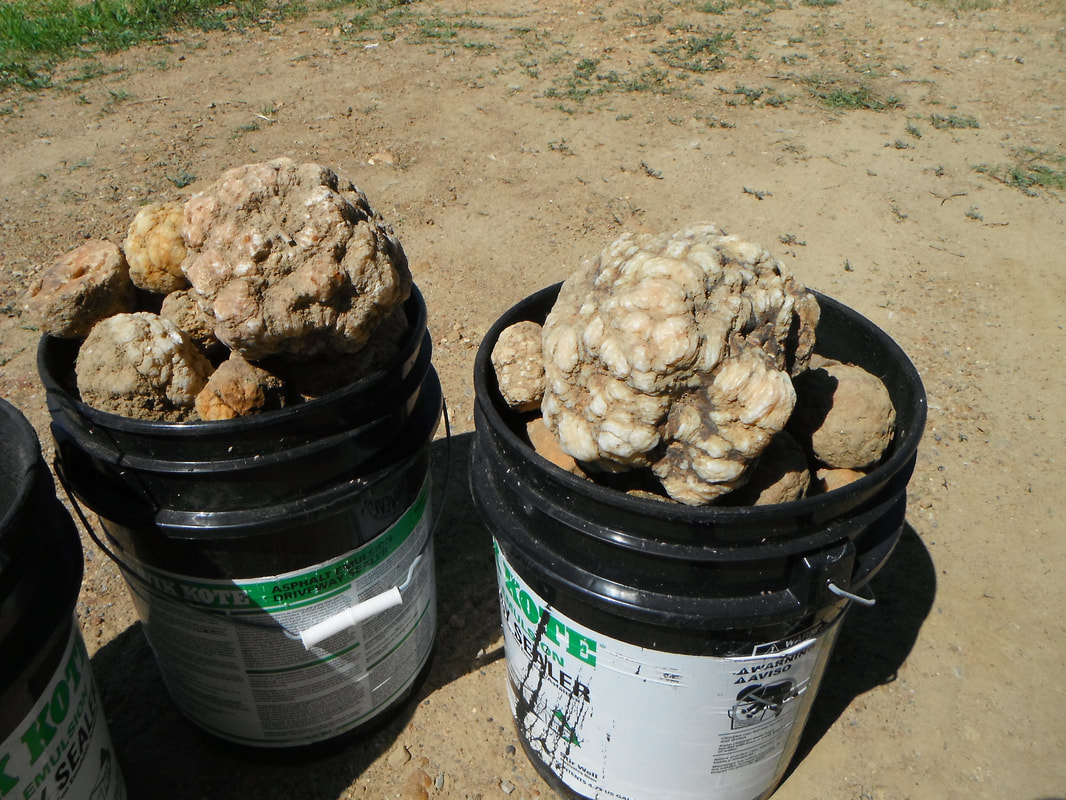
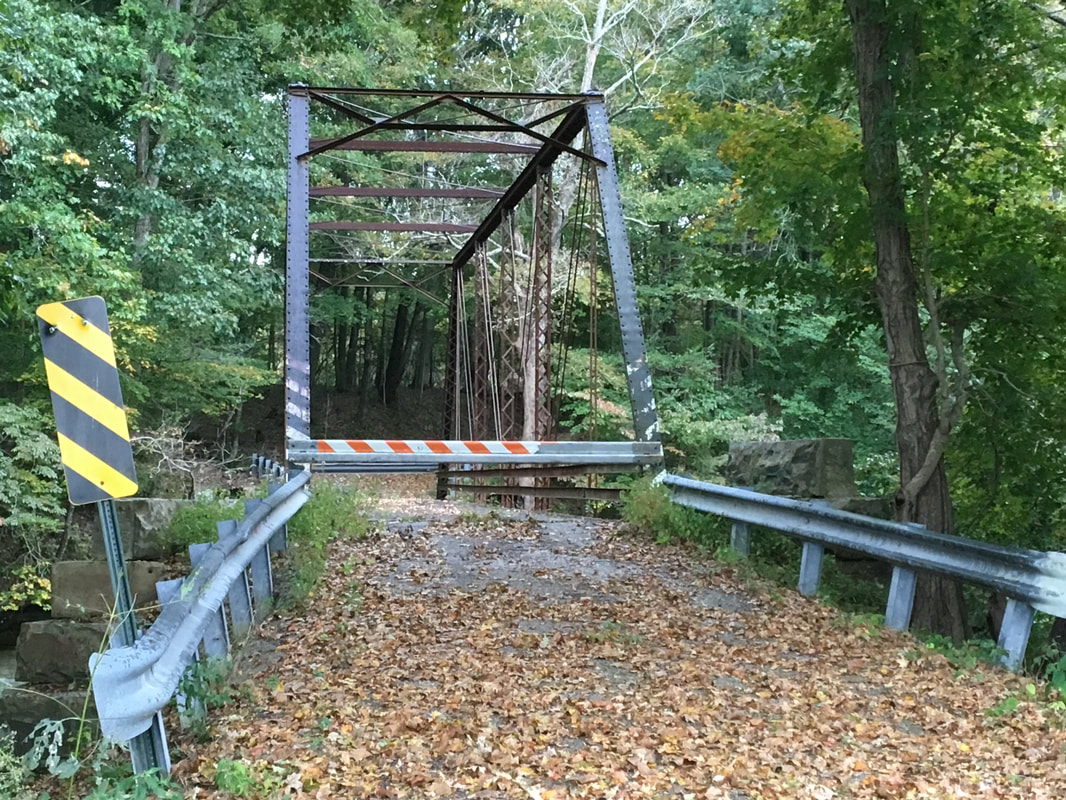
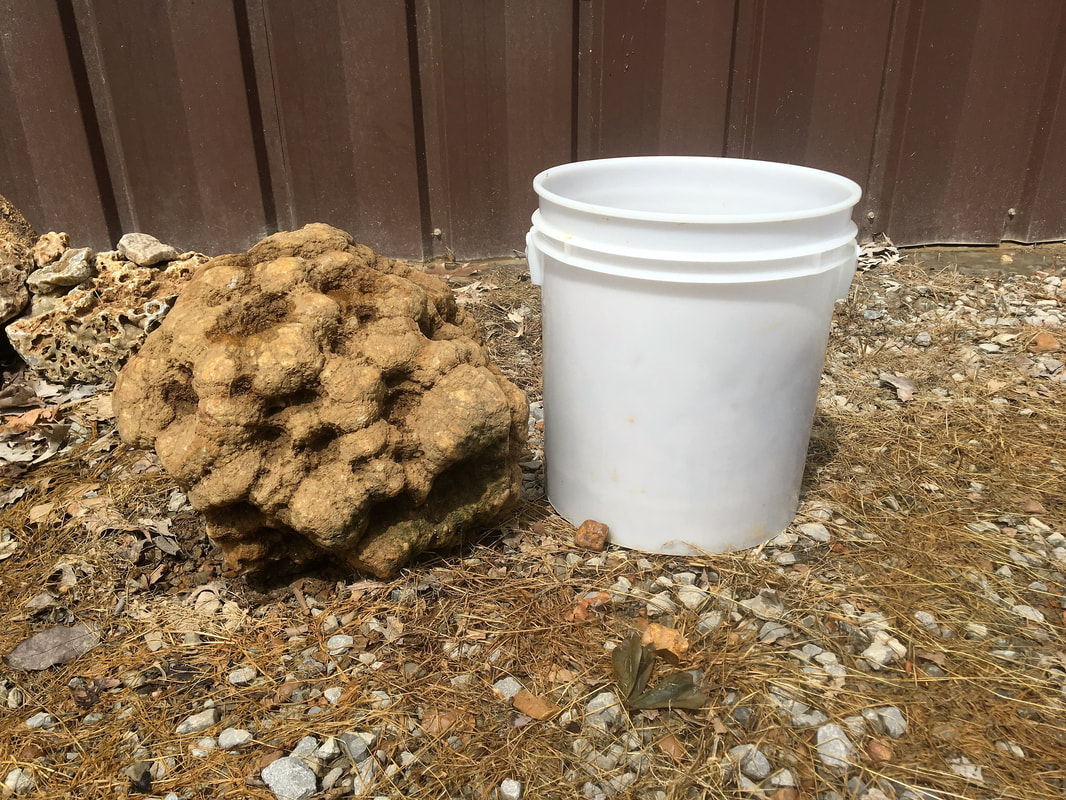
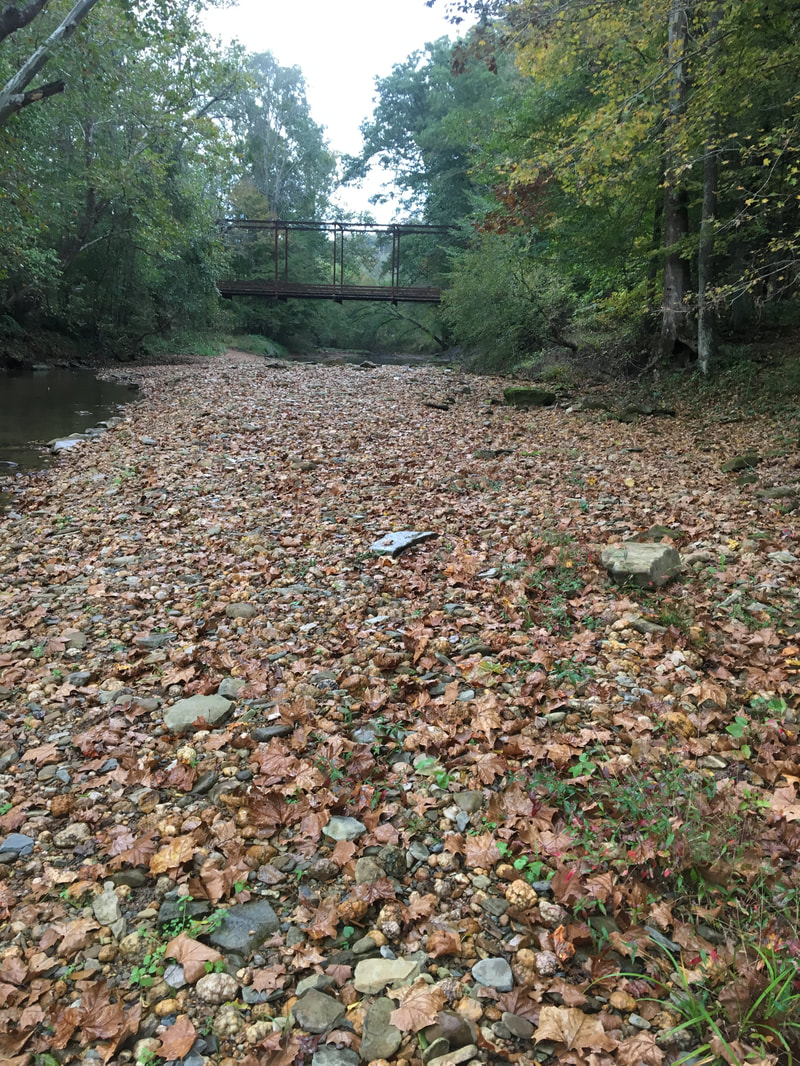
 RSS Feed
RSS Feed